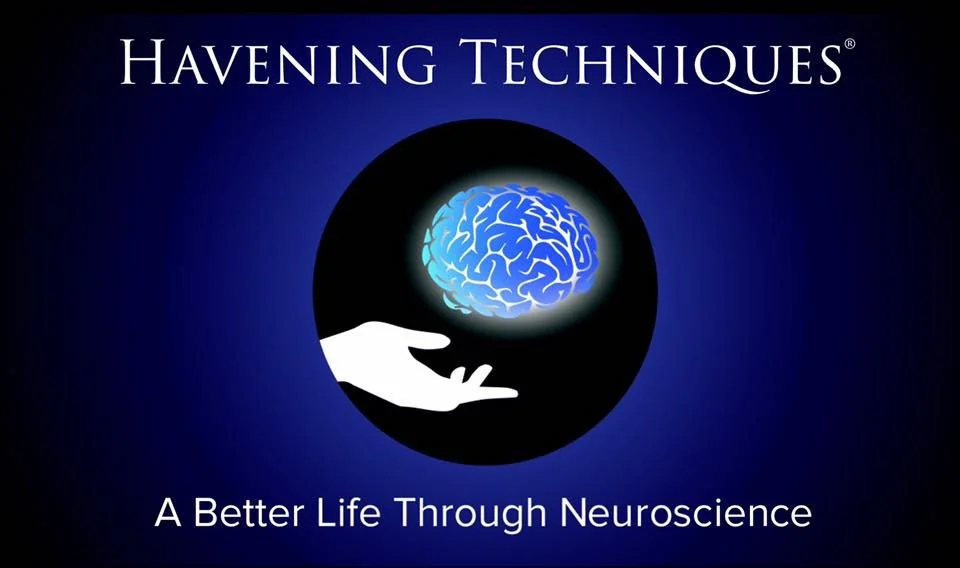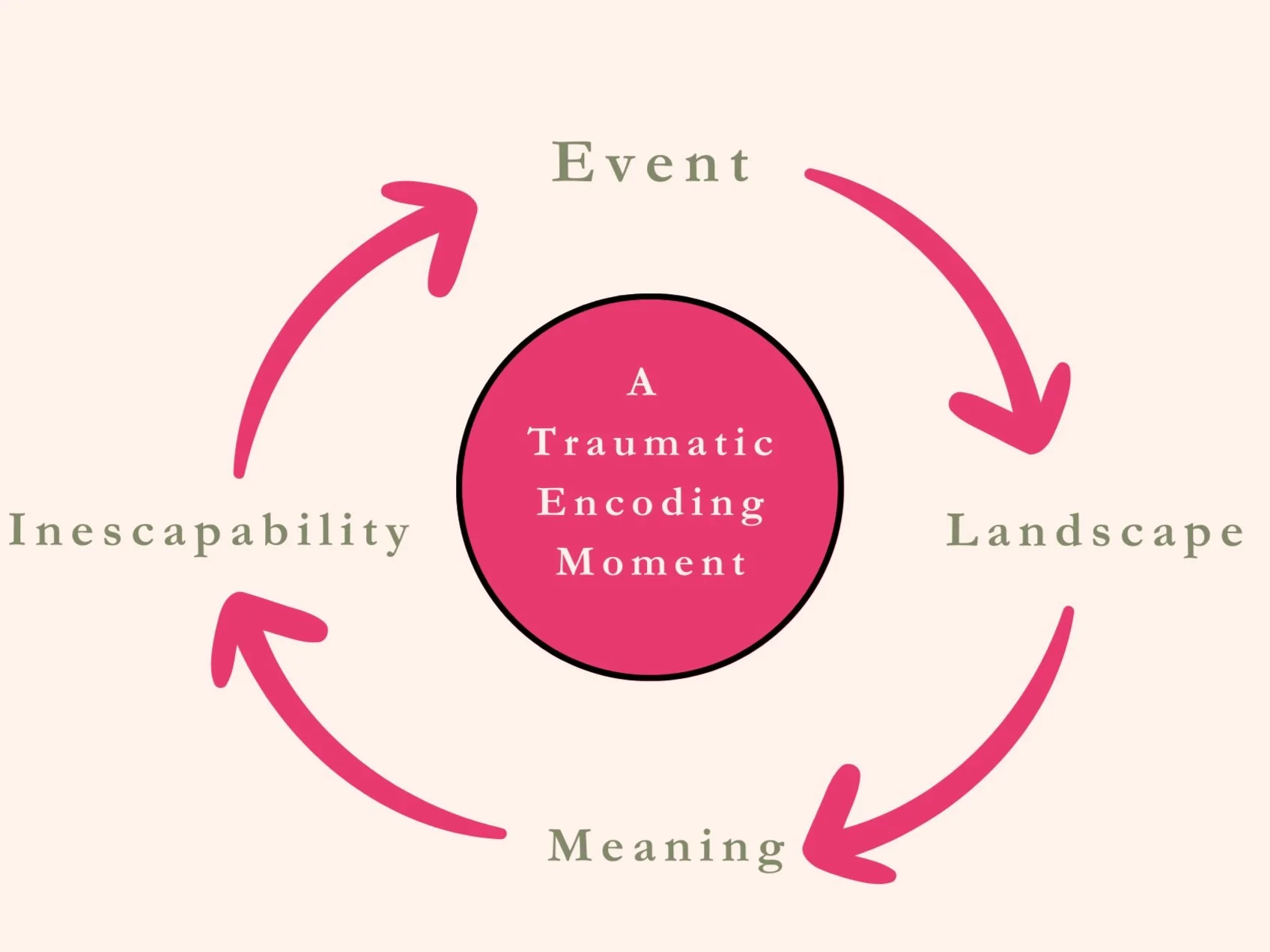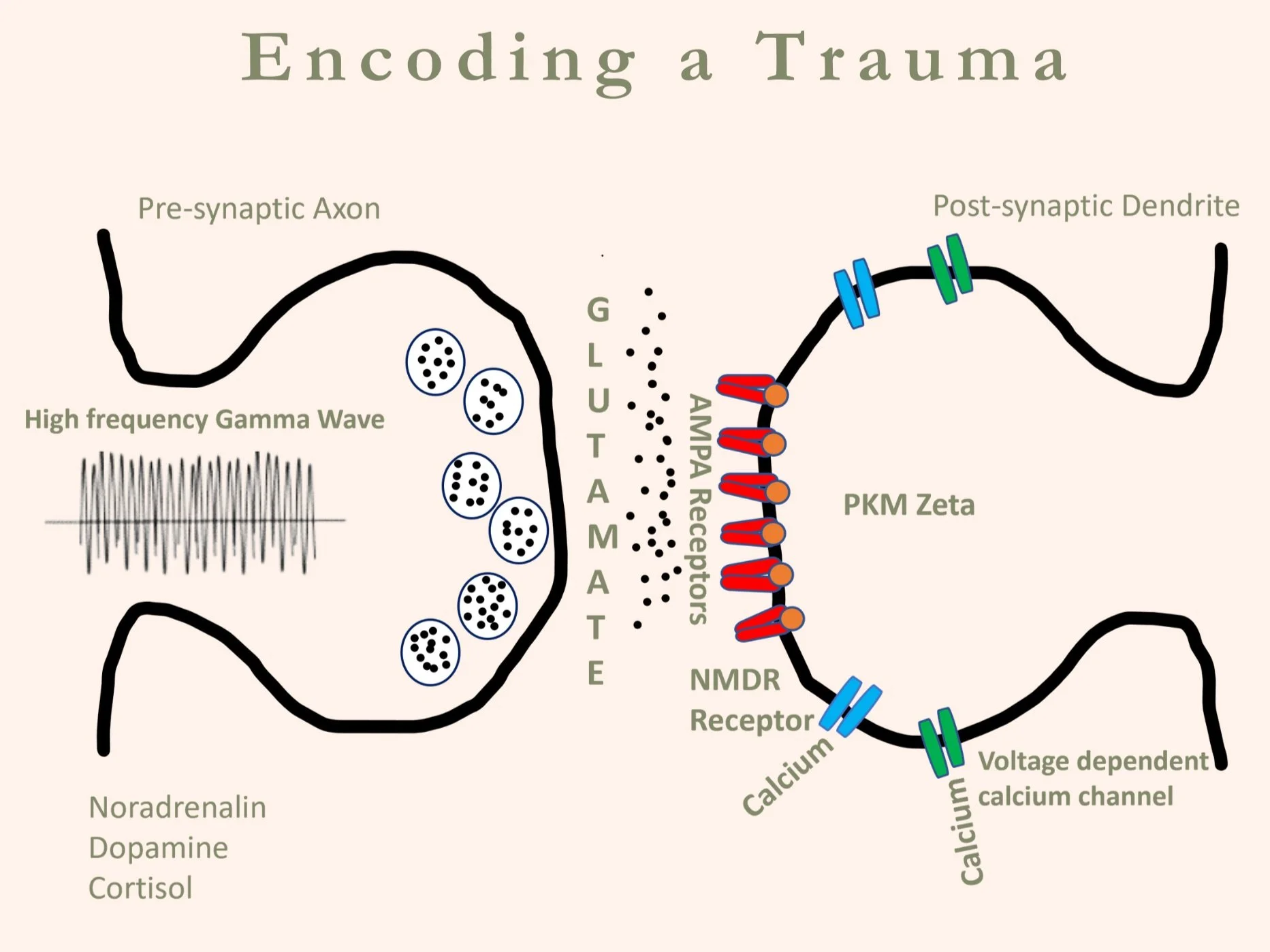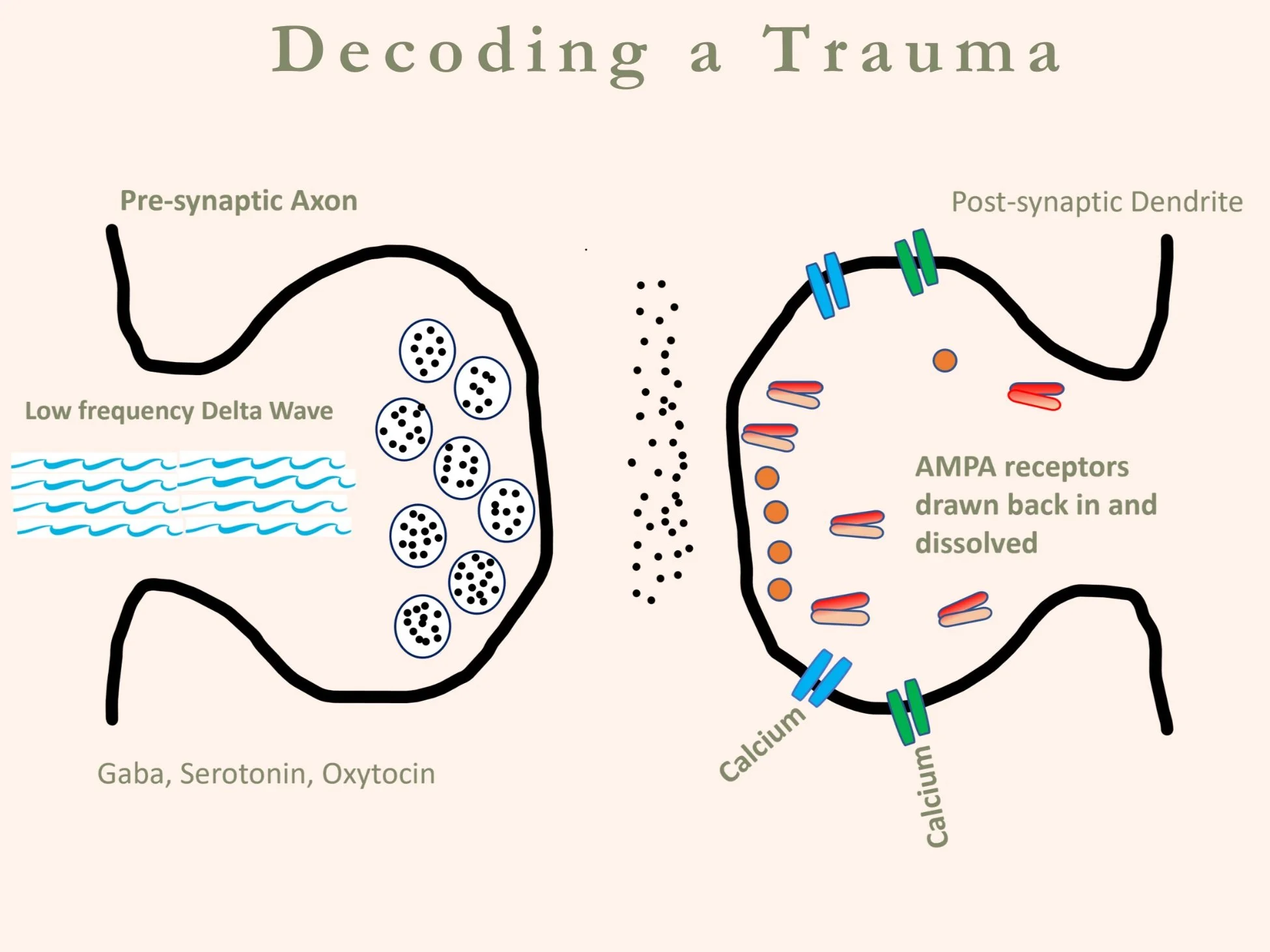
“The mind is released from darkness once we shine the light of a safe haven through touch.” - Dr. Ronald Ruden
My Havening Techniques® Journey
 I first discovered Havening Techniques® in 2014, when I was going through a very difficult emotional time and experiencing a lot of anxiety and stress in my life.
I first discovered Havening Techniques® in 2014, when I was going through a very difficult emotional time and experiencing a lot of anxiety and stress in my life.
I undertook a number of sessions with Steven Travers, Director of U.K. and International Havening.
I was amazed and truly delighted by how quickly Havening helped me recover from the initial distressing event so I continued working with Steven and found resolution to a number of other issues that I had been carrying around all my life.
So many situations that would have previously triggered a sense of anxiety or fear in me ceased to hold any emotional connection.
I can best describe it as looking at someone else’s holiday snaps and being vaguely interested but not emotionally connected in any way. It returned me to a state of peace and calm and self-havening became an integral part of my daily routine.
Steven taught me how to use self- havening techniques to build on the positive results I had achieved in my sessions, and I became an avid practitioner. I practiced self-havening over the following months to clear away many issues and traumatic memories from my childhood.
I became fascinated to learn more about Havening Techniques and later became a Certified Havening Techniques Practitioner myself.
I have successfully treated many people since and never cease to be amazed at the effectiveness of such a simple yet powerful technique.
What are Havening Techniques?
The Havening process works by de-linking the emotion from the traumatic memory. This means that the very first part of the chain reaction causing emotions such as fear or anxiety is no longer able to work. It’s like taking away the first domino in a long line of dominoes so the chain reaction can’t start anymore. The anxious response or unhelpful behaviour is gone!
The process employed in the Havening Techniques system allows healing to take place by tapping in to the electrochemical makeup of our brain. The mechanisms used are similar to those in EMDR and Tapping, but they include the latest advancements in neuroscience and harness the powerful healing opportunities of mindful touch.
The system uses a form of touch called Havening Touch, gentle stroking movements to the arms, hands and face, to generate a soothing delta wave in the brain. Dr. Kate Truitt, Neuroscientist and Clinical Psychologist, describes Havening Touch as a particular type of soothing touch, that activates tiny receptors in the skin called c-tactile fibres. These fibres only respond to slow, gentle touch and have projections to a variety of different brain areas. When activated, these nerve fibres release oxytocin, serotonin and other neurochemicals that promote feelings of peace and calm as well as reducing stress and pain.
The transitive verb of the word Haven means ‘to put in a safe place.’ Hence my inspiration to name my therapy practice “Safe Haven Therapies.”
Havening Techniques® is a ground-breaking therapy developed by Dr. Ronald Ruden, MD, Ph.D. Havening is based on research from the field of neuroscience, which has informed our understanding of how sensory touch can facilitate release from anxiety and or physiological consequences of trauma.
How a Traumatic Event Becomes Encoded in our Brain
There are very specific conditions that need to be met before trauma is encoded in the brain, but once they are met, research tells us the neurons that encoded that trauma will stay activated permanently, and our amygdala will become triggered any time it recognizes something that reminds us of the activating event.
That encoded traumatic memory will stay activated until something is intentionally done to deactivate or “depotentiate” it. This is where Havening has shown to be very effective. An event has the potential to be permanently encoded in our brain if the following conditions are present:
An event occurs
The event holds meaning for us i.e., produces an emotional response.
The landscape of our Brain is vulnerable. Several factors determine the landscape of our brain including:
a) our experiences and exposures across our life to date
b) our upbringing
c) our temperament - our sensitivity to stressors
And finally, the event is perceived as inescapable.
The effect of being presented with these four conditions is that the brain is flooded with high frequency Gamma waves which have two effects:
The perception of threat, results in the Amygdala triggering fight/flight/freeze response, an acute stress response that prepares the body to fight or flee.
Special receptors called AMPA Receptors are permanently glued to the surface of the Amygdala which ensure that the memory along with the emotional component (feelings we had at the time), cognitive component (thoughts we had at the time), sensory component (images, sounds, smells, taste and touch) and autonomic component (sweating, blushing) connected to the event, will be permanently stored along with the memory.
If, in the future, we experience anything that, in any way, reminds us of that event the initial response will be triggered once again.
How a Traumatic Event Becomes Decoded in our Brain
The impetus for Dr. Rudens’ thinking about how the brain decodes traumatic memories came from a study by psychophysiologist Melvin Harper (2012). In his research, Harper identified that psychosensory techniques increased the brain’s delta wave activity.
The application of Havening touch causes the brain to be flooded with low-frequency Delta waves which results in the release of chemicals that have the effect of dissolving the glue that was anchoring the AMPA Receptors to the surface of the Amygdala.
The receptors are then drawn back into the cell to be broken down and taken out of action. It’s as if the sentries on duty have been permanently retired with the result that the encoded trauma has been dismantled
This means that the link to the initial trigger event is broken along with all of the emotional, cognitive , sensory and autonomic components have been removed so we might have some hazy memory of the event, but it will hold no emotional charge for us.
This automatic trigger response is nature’s oldest and most potent survival strategy to protect from us from danger but realistically as soon as the initial threatening event has passed, and we have dealt with it and learned from it, it’s unhelpful to have the anxious response or unhelpful behaviour triggered on an ongoing basis throughout our lives.
Learning Resources
The international organisation that developed Havening Techniques® and that oversees the training and certification of Havening Practitioners has produced a brief guide to Havening: Havening Techniques For Better Living Through Neuroscience
A wonderful animated video about ‘How Havening Works – Neuroscience‘, was created by Tam Johnson. Watch it here.
A description of the brain science of encoding trauma in the amygdala and the way that Havening can target that encoding to help free people from the effects of trauma. Created by Tony Burgess. Watch it here.
If you would like to know about the molecular mechanisms, you can read the scientific paper here.
The first published clinical trial of Havening, measuring the impact of a single session of Havening can be accessed here.
One aspect that many people I have worked with, particularly like, is that during Havening, the practitioner doesn’t need to know the details of your trauma. When dealing with traumatic memories, a brief recall is all that is required to activate the nerve circuits that encode the trauma. The process does not take away the factual memory; it just erases the emotional and body reactions that get triggered when a traumatic memory is reactivated.
I use Havening Techniques as a bolt-on, neuroscience-based intervention that I integrate with Cognitive Behavioural Hypnotherapy to enhance and empower the other therapeutic work that I do.
Havening Techniques work equally well online. I offer face-to-face sessions in a comfortable and private therapy room at my home in Ballygawley, Co. Tyrone, and I also offer online sessions through Zoom.



